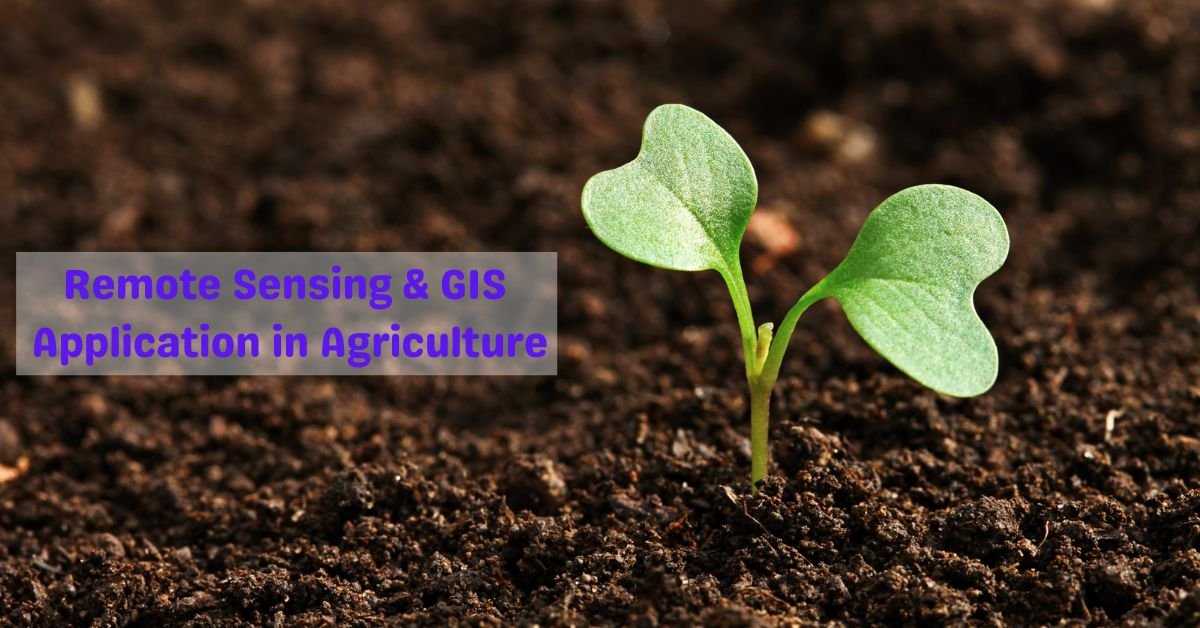Geographic Information Systems (GIS) have transformed the way we collect, analyze, and interpret spatial data in agriculture. GIS technology can be used to monitor and manage various aspects of farming operations, from crop yields and soil types to weather patterns and irrigation systems. In this article, we will discuss the many applications of GIS in agriculture and how this technology can be used to enhance productivity, profitability, and sustainability in farming.
Crop Management
GIS can be used to manage crop information, such as planting dates, variety, and harvest times. This information can be analyzed to identify patterns and trends that can help farmers make informed decisions about when to plant, how much fertilizer to use, and when to harvest. GIS can also be used to create crop yield maps that can help farmers identify areas of the field that are underperforming or overperforming. By analyzing this data, farmers can adjust their farming practices to optimize yields and reduce waste.
Soil Management
GIS technology can be used to map soil types, pH levels, and other characteristics of the soil. This information can be used to identify areas of the field that are nutrient deficient or have poor drainage. By using this information, farmers can apply the right amount of fertilizer, water, and other inputs to improve soil health and crop yields. GIS can also be used to track soil erosion and identify areas of the field that are at risk of erosion. By analyzing this data, farmers can develop erosion control strategies to protect the soil and prevent crop loss.
Water Management
Water is a critical resource in agriculture, and GIS technology can be used to manage irrigation systems and track water usage. By using GIS to map the field, farmers can identify areas that require more or less water, and adjust irrigation systems accordingly. GIS can also be used to track water usage and identify areas of the field that are overwatered. By reducing water usage in these areas, farmers can save money on water costs and reduce their environmental impact.
Weather Monitoring
Weather patterns can have a significant impact on crop yields and farming operations. GIS technology can be used to track weather patterns, such as rainfall, temperature, and wind speed, and predict how these patterns will impact crop yields. By analyzing this data, farmers can adjust their farming practices to minimize the impact of adverse weather conditions and optimize crop yields.
Precision Farming
Precision farming involves using technology to manage farming operations on a small scale, such as individual rows or plants. GIS technology is a key component of precision farming, as it allows farmers to map the field and track individual plants or sections of the field. This information can be used to apply inputs, such as fertilizer or water, precisely where they are needed, reducing waste and improving yields.
Livestock Management
GIS technology can also be used to manage livestock operations. By tracking the location and movement of livestock, farmers can optimize grazing patterns and reduce overgrazing. GIS can also be used to monitor animal health and identify areas of the farm that may be at risk of disease outbreaks.
Environmental Monitoring
Finally, GIS technology can be used to monitor environmental conditions, such as air and water quality. By tracking these conditions, farmers can identify areas of the farm that may be at risk of pollution or other environmental problems. This information can be used to develop environmental management plans to protect the environment and ensure the sustainability of farming operations.
GIS technology has revolutionized agriculture, providing farmers with the tools they need to make informed decisions about their farming operations. From crop management to environmental monitoring, GIS can be used to optimize farming practices and improve yields while reducing waste and protecting the environment. As farmers continue to adopt new technologies, GIS will play an increasingly important role in the future of agriculture.

